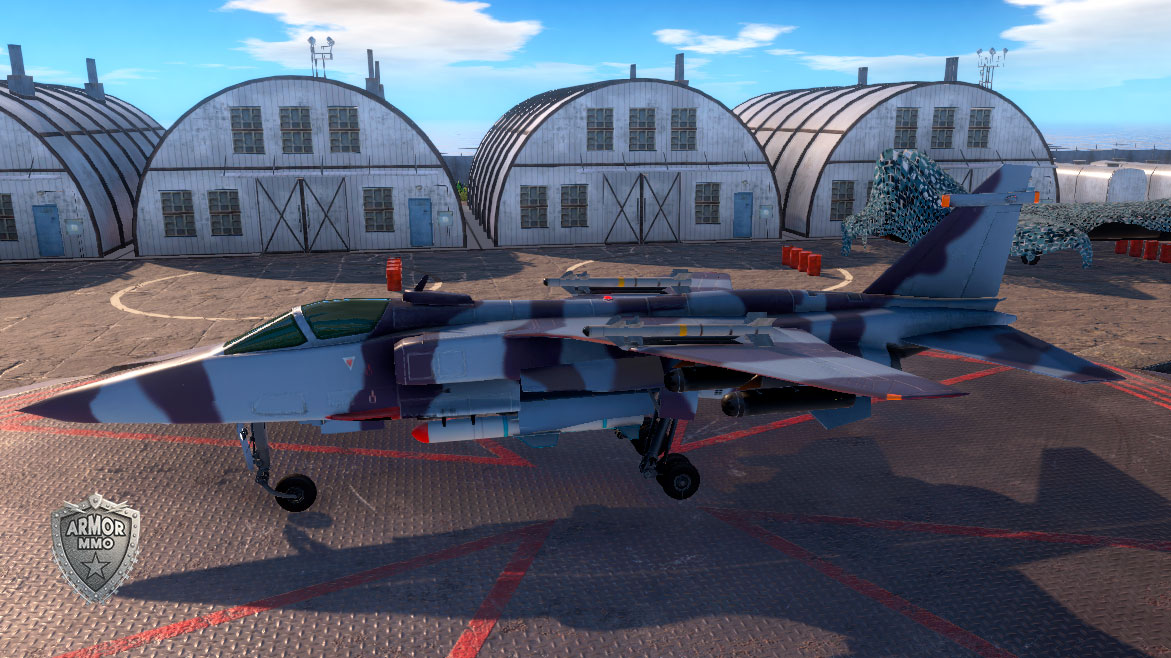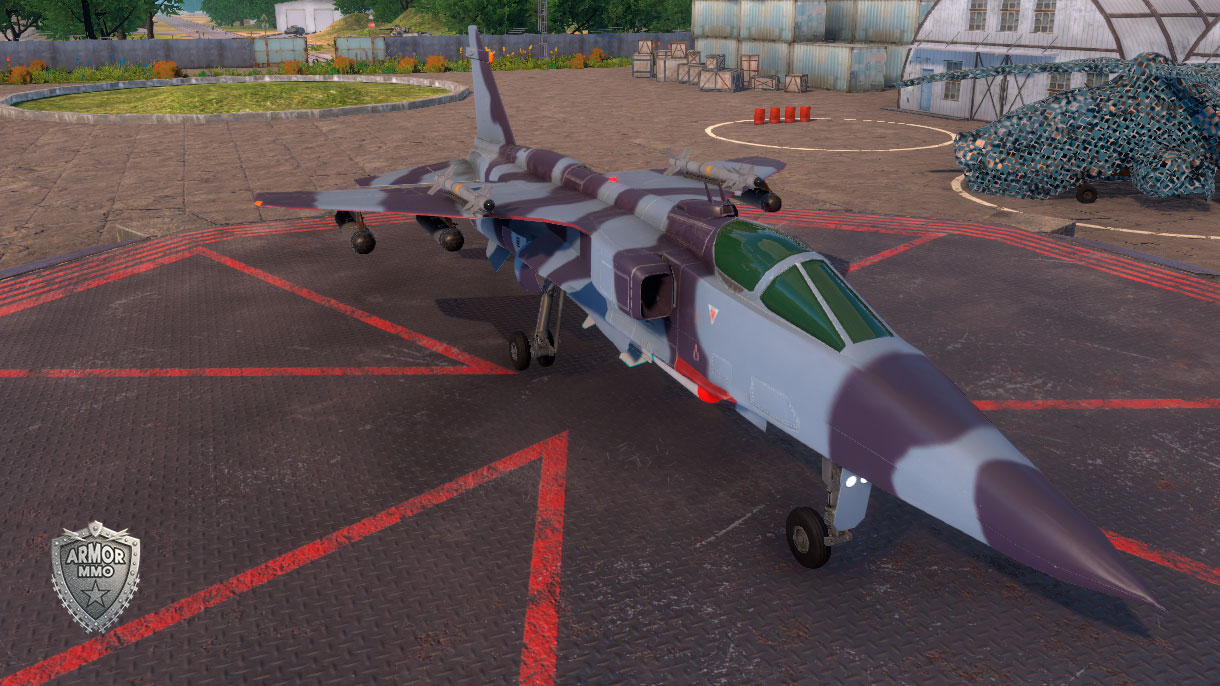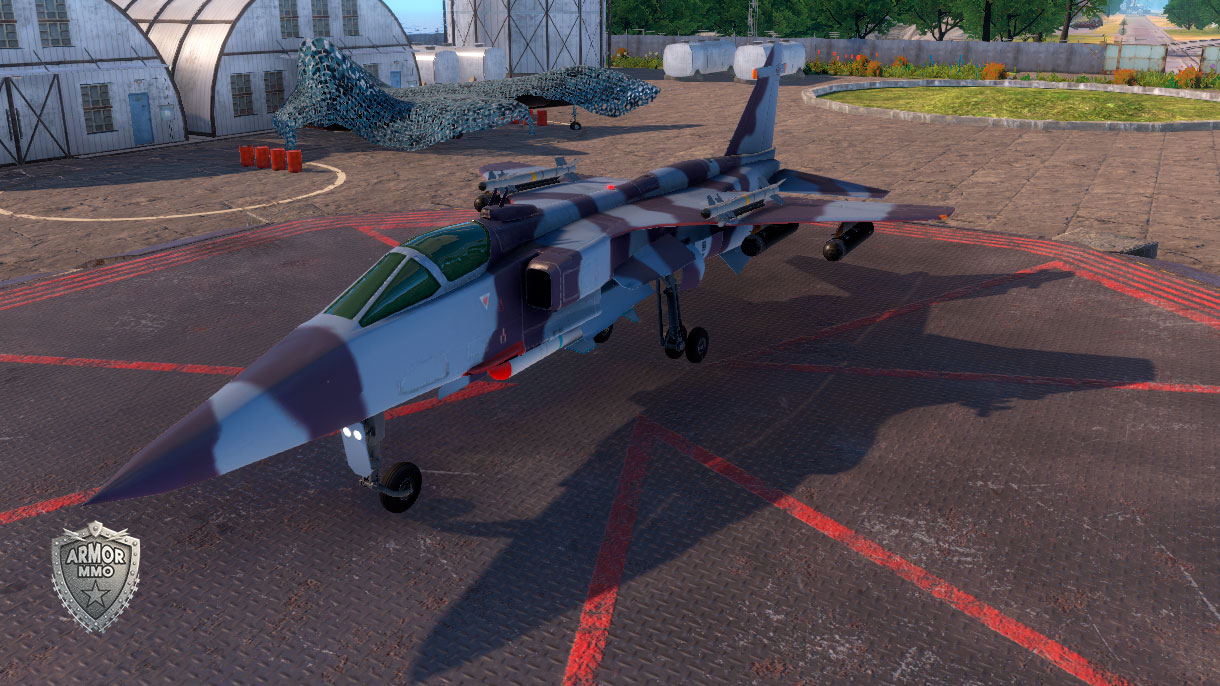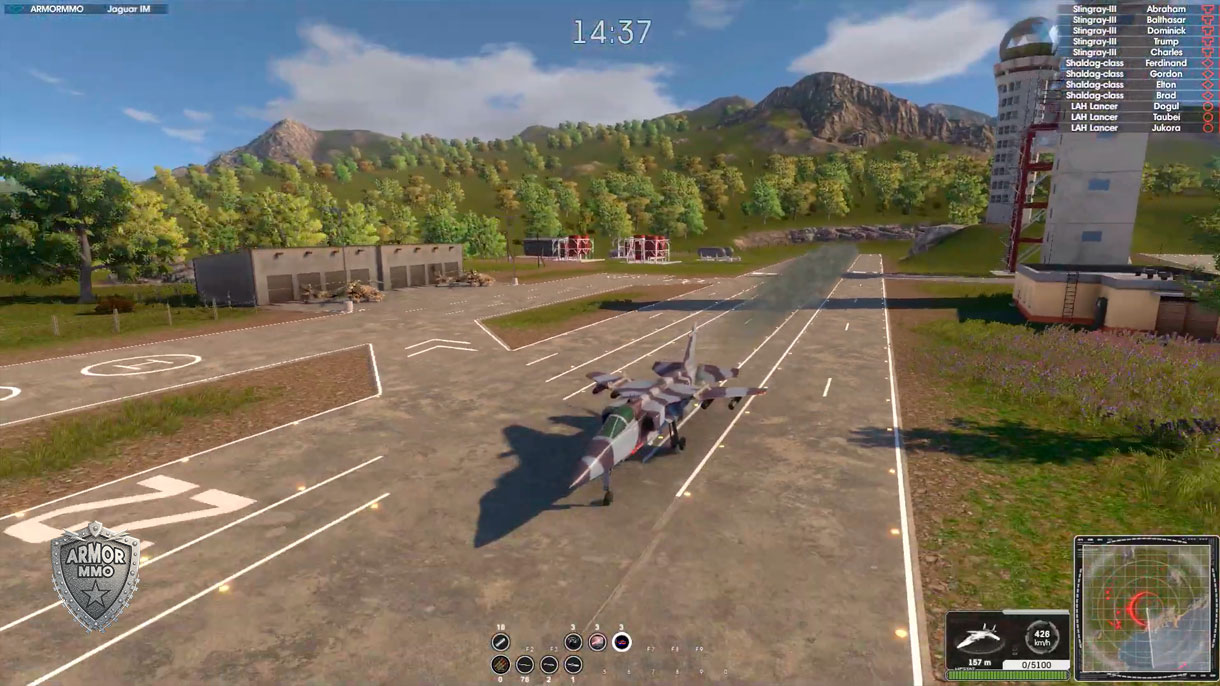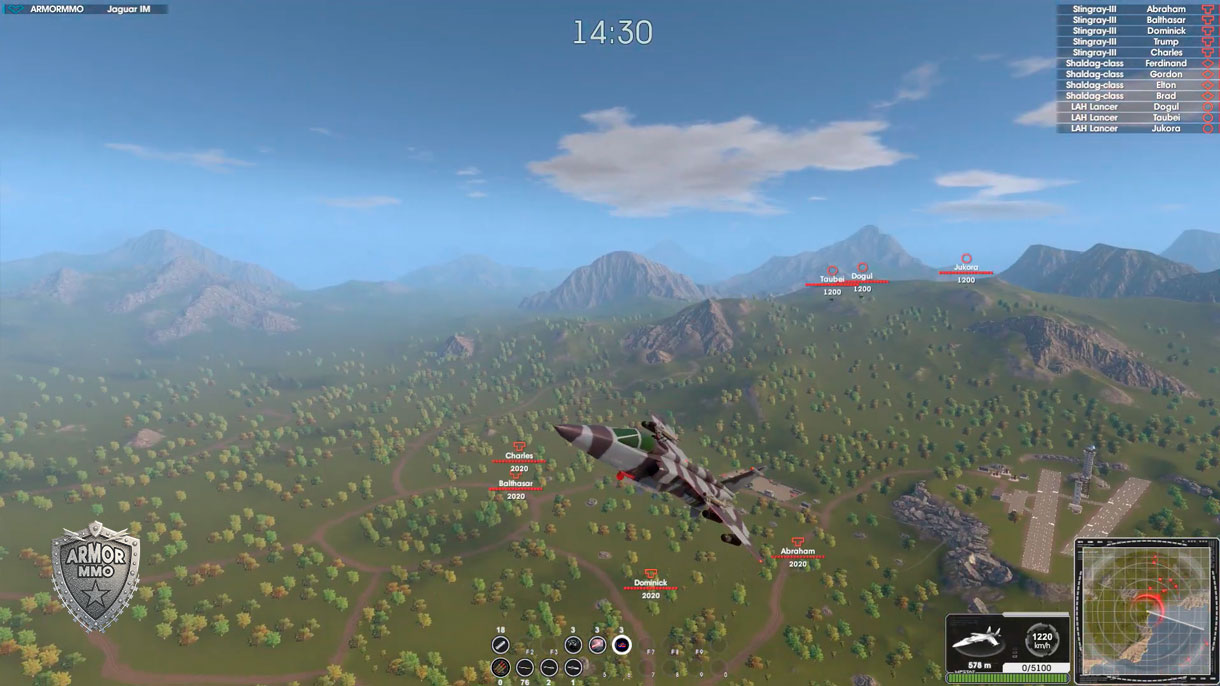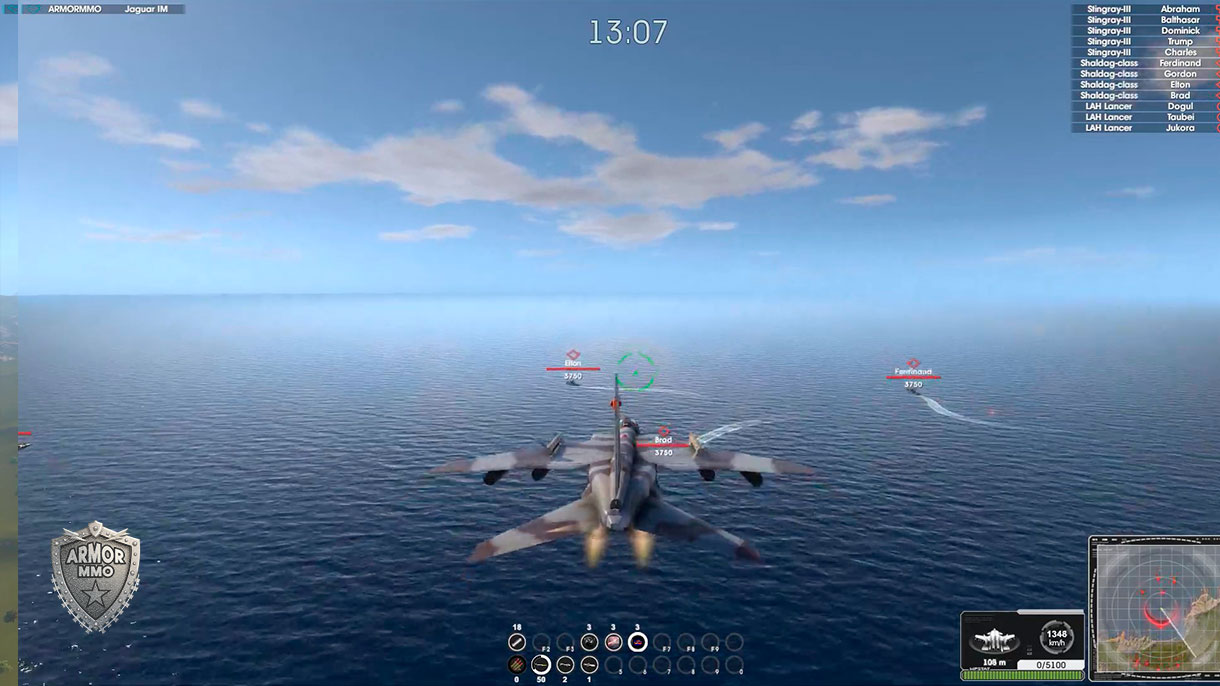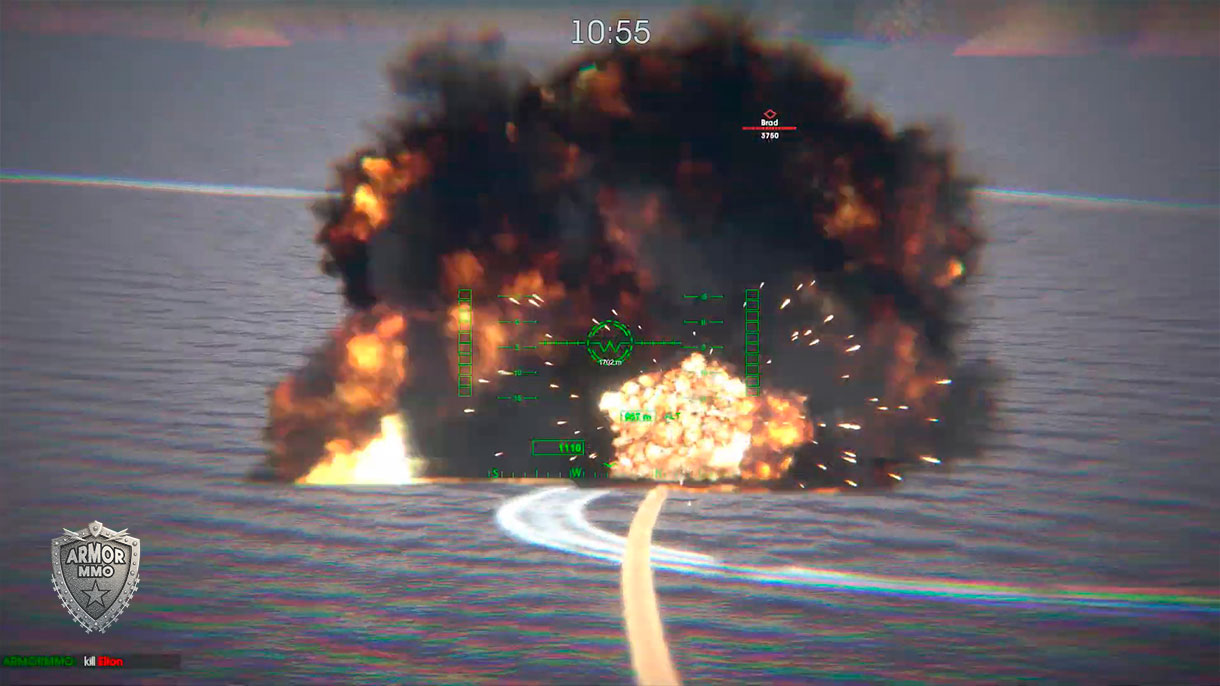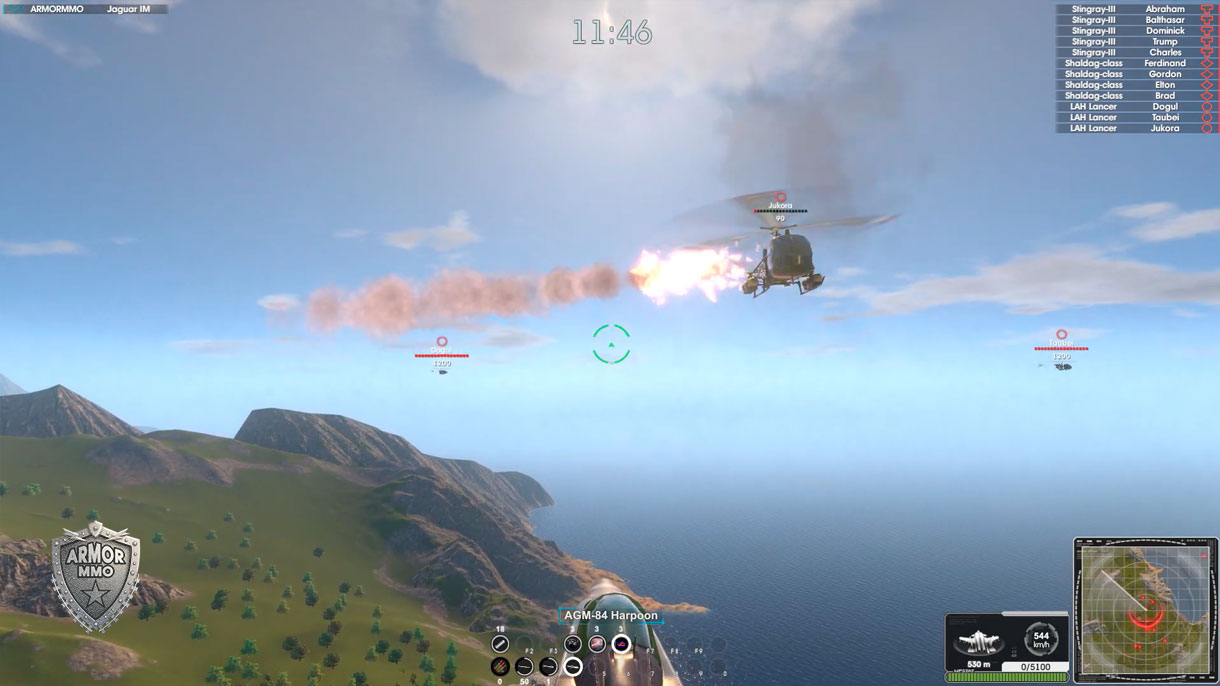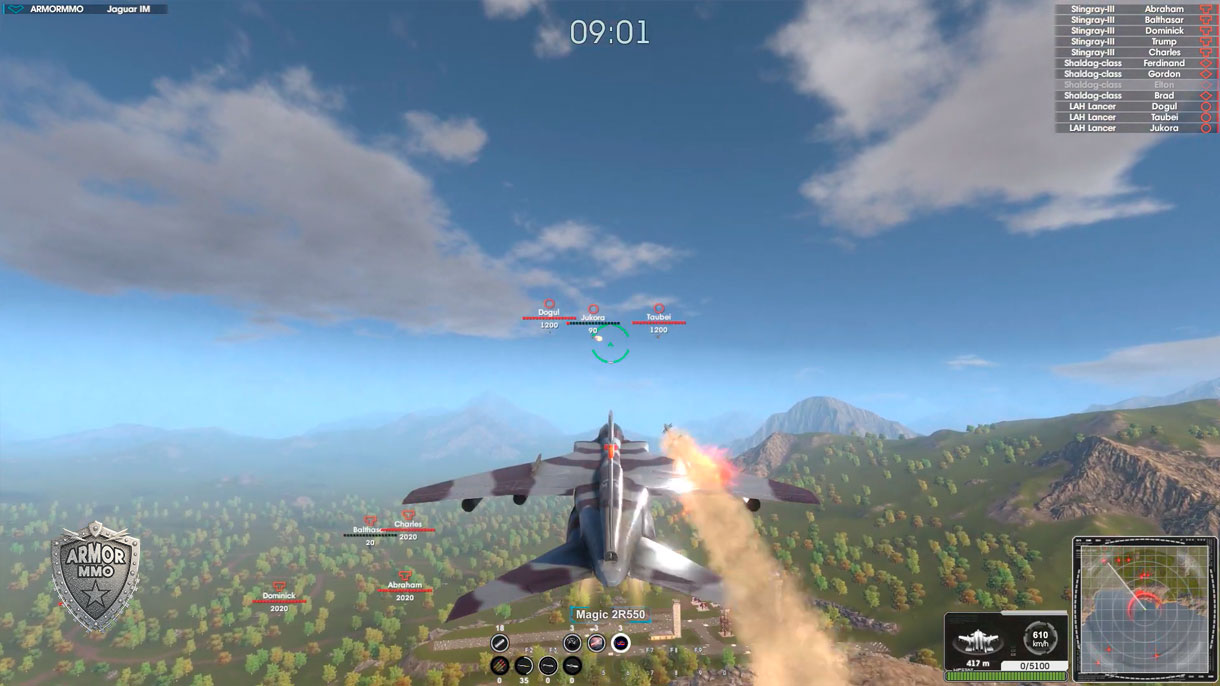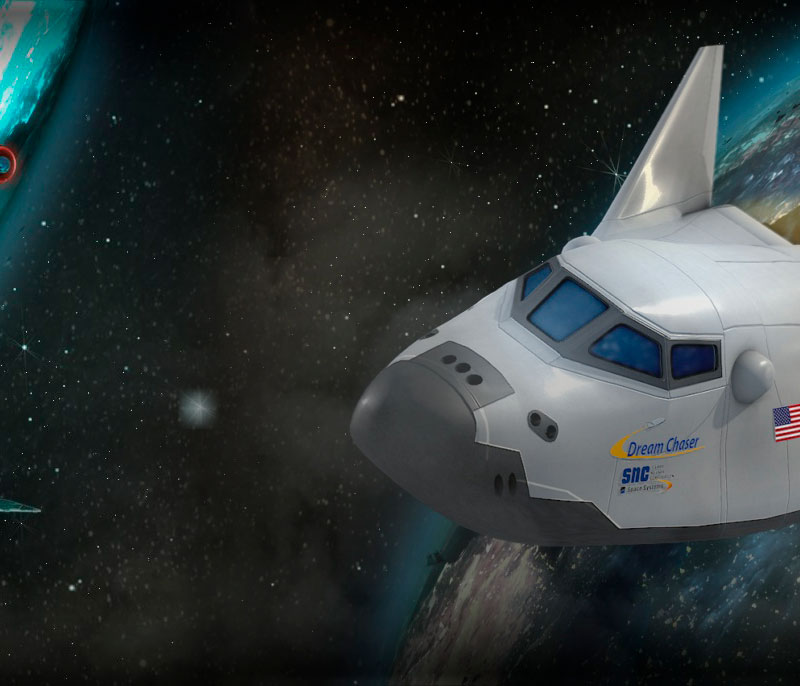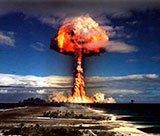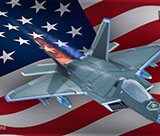SEPECAT Jaguar IM Shamsher
| Type | Attack aircraft | |
| Place of origin | France/United Kingdom | |
| Manufacturer | SEPECAT (Breguet/BAC) | |
| First flight | 8 September 1968 | |
| Introduction | 1973 | |
| Status | In service with Indian Air Force | |
| Primary users | Indian Air Force Royal Air Force (historical) French Air Force (historical) Royal Air Force of Oman (historical) | |
| Produced | 1968–1981 | |
| Number built | 543 | |
| General characteristics | ||
|---|---|---|
| Crew | 1 | |
| Length | 16.83 m (55 ft 3 in) | |
| Wingspan | 8.69 m (28 ft 6 in) | |
| Height | 4.89 m (16 ft 1 in) | |
| Wing area | 24.18 m2 (260.3 sq ft) | |
| Aspect ratio | 3.12 | |
| Empty weight | 7,000 kg (15,432 lb) typical, (dependent on variant and role) | |
| Gross weight | 10,954 kg (24,149 lb) full internal fuel and 120 rpg | |
| Fuel capacity | 4,200 l (1,100 US gal; 920 imp gal) internal, with provision for three 1,200 l (320 US gal; 260 imp gal) drop tanks on inboard and centreline pylons | |
| Powerplant | 2 × Rolls-Royce Turbomeca Adour Mk.102 afterburning turbofan engines, 22.75 kN (5,110 lbf) thrust each dry, 32.5 kN (7,300 lbf) with afterburner | |
| Max takeoff weight | 15,700 kg (34,613 lb) with external stores | |
| Performance | ||
| Maximum speed | 1,350 km/h (840 mph, 730 kn) Mach 1.1 at sea level 1,699 km/h (1,056 mph; 917 kn) Mach 1.6 at 11,000 m (36,000 ft) |
|
| Landing speed | 213 km/h (132 mph; 115 kn) | |
| Combat range | 815 km (506 mi, 440 nmi) hi-lo-hi (internal fuel) 575 km (357 mi; 310 nmi) lo-lo-lo (internal fuel) 1,408 km (875 mi; 760 nmi) hi-lo-hi (with external fuel) 908 km (564 mi; 490 nmi) lo-lo-lo (with external fuel) |
|
| Ferry range | 1,902 km (1,182 mi, 1,027 nmi) with full internal and external tanks | |
| Service ceiling | 14,000 m (46,000 ft) | |
| g limits | +8.6 (ultimate load +12) | |
| Time to altitude | 9,145 m (30,003 ft) in 1 minute 30 seconds | |
| Wing loading | 649.3 kg/m2 (133.0 lb/sq ft) maximum | |
| Thrust/weight | Adour Mk.102: 0.422 Adour Mk.104: 0.464 Adour Mk.811: 0.486 |
|
| Take-off run | 580 m (1,900 ft) with typical tactical load | |
| Take-off run to 15 m (49 ft) | 940 m (3,080 ft) with typical tactical load | |
| Landing run from 15 m (49 ft) | 785 m (2,575 ft) with typical tactical load | |
| Landing run | 470 m (1,540 ft) with typical tactical load | |
| Armament | ||
| Guns | 2× 30 mm (1.181 in) calibre DEFA cannon with up to 150 rounds/gun | |
| Hardpoints | 7 (4× under-wing, 2× over-wing and 1× center-line) with a capacity of 10,000 lb (4,500 kg),with provisions to carry combinations of: | |
| Rockets | 8× Matra rocket pods with 18× SNEB 68 mm rockets each | |
| Missiles |
|
|
| Bombs | various unguided or laser-guided bombs or 2× WE177A nuclear bombs |
|
| Other | ECM protection pods, Reconnaissance Pod, ATLIS laser/electro-optical targeting pod, external drop tanks for extended range/loitering time. Avionics Radar: EL/M-2052, as a part of Indian Air Force (IAF) DARIN III upgrade program. |
|
The SEPECAT Jaguar is an Anglo-French jet attack aircraft originally used by the British Royal Air Force and the French Air Force in the close air support and nuclear strike role. It is still in service with the Indian Air Force.
Originally conceived in the 1960s as a jet trainer with a light ground attack capability, the requirement for the aircraft soon changed to include supersonic performance, reconnaissance and tactical nuclear strike roles. A carrier-based variant was also planned for French Navy service, but this was cancelled in favour of the cheaper Dassault Super Étendard. The aircraft were manufactured by SEPECAT (Société Européenne de Production de l'avion Ecole de Combat et d'Appui Tactique), a joint venture between Breguet and the British Aircraft Corporation, one of the first major joint Anglo-French military aircraft programmes.
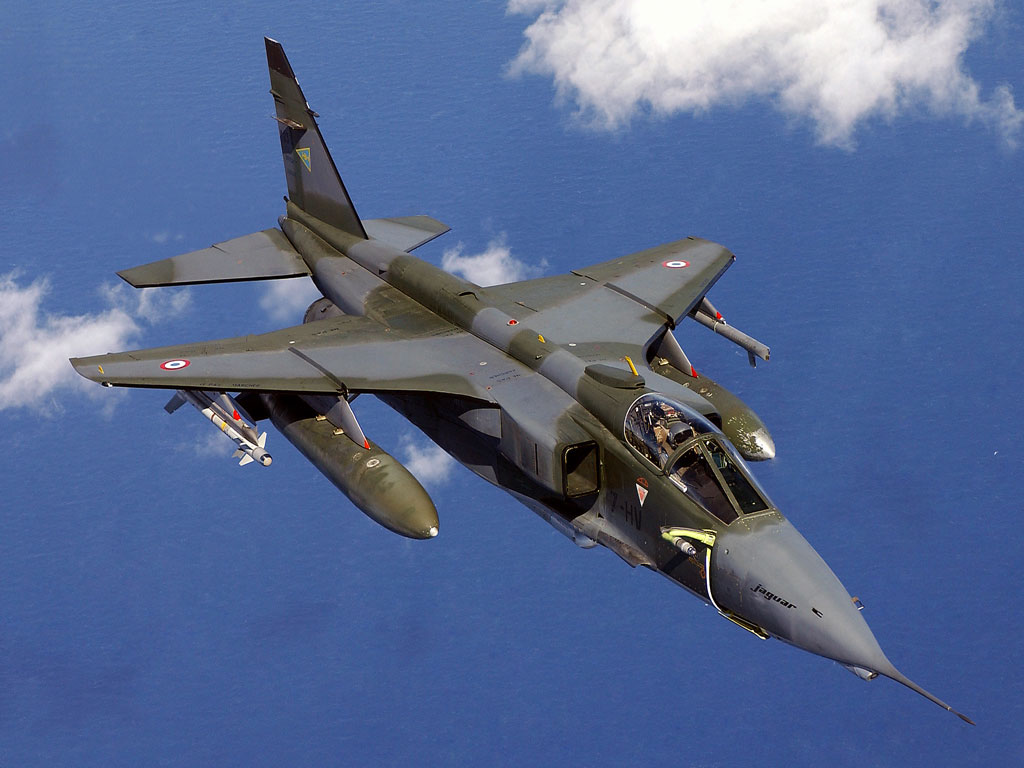 This image or file is a work of a U.S. Air Force Airman or employee, taken or made as part of that person's official duties. As a work of the U.S. federal government, the image or file is in the public domain in the United States.
This image or file is a work of a U.S. Air Force Airman or employee, taken or made as part of that person's official duties. As a work of the U.S. federal government, the image or file is in the public domain in the United States.
Development
The Jaguar programme began in the early 1960s, in response to a British requirement (Air Staff Target 362) for an advanced supersonic jet trainer to replace the Folland Gnat T1 and Hawker Hunter T7, and a French requirement (ECAT or École de Combat et d'Appui Tactique, "Tactical Combat Support Trainer") for a cheap, subsonic dual role trainer and light attack aircraft to replace the Fouga Magister, Lockheed T-33 and Dassault Mystère IV.[1][2] In both countries several companies tendered designs: BAC, Hunting, Hawker Siddeley and Folland in Britain; Breguet, Potez, Sud-Aviation, Nord, and Dassault from France.[3] A Memorandum of Understanding was signed in May 1965 for the two countries to develop two aircraft, a trainer based on the ECAT, and the larger AFVG (Anglo-French Variable Geometry).
Design
The Jaguar is an orthodox single-seat, swept-wing, twin-engine monoplane design, with tall tricycle-type retractable landing gear. In its original configuration, it had a maximum take-off weight in the 15 tonne class;[27] with a combat radius on internal fuel of 850 km (530 mi), giving the Jaguar a greater operational range than competitor aircraft such as the Mikoyan MiG-27. The aircraft had hardpoints fitted for an external weapons load of up to 10,000 lb (4,500 kg). Typical weapons fitted included the MATRA LR.F2 rocket pod, BAP 100-mm bombs, MATRA AS37 anti-radar missiles, AIM-9 Sidewinder missiles, and Rockeye cluster bombs. The RAF's Jaguars gained several new weapons during the Gulf War, including CRV7 high-velocity rockets and American CBU-87 cluster bombs. Finally, the Jaguar was equipped with either a pair of French DEFA cannons, or British ADEN cannons.
More info:: en.wikipedia.org


